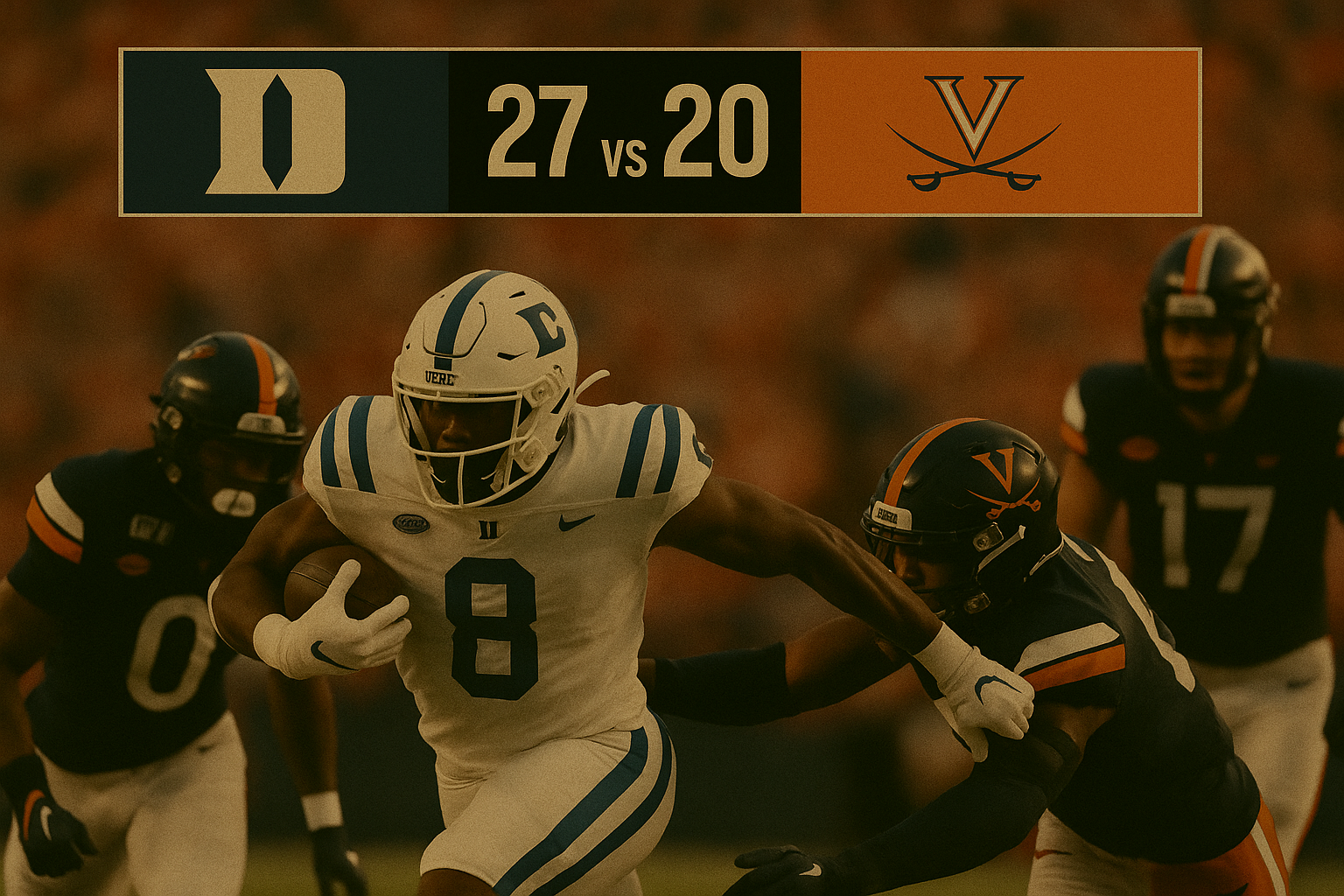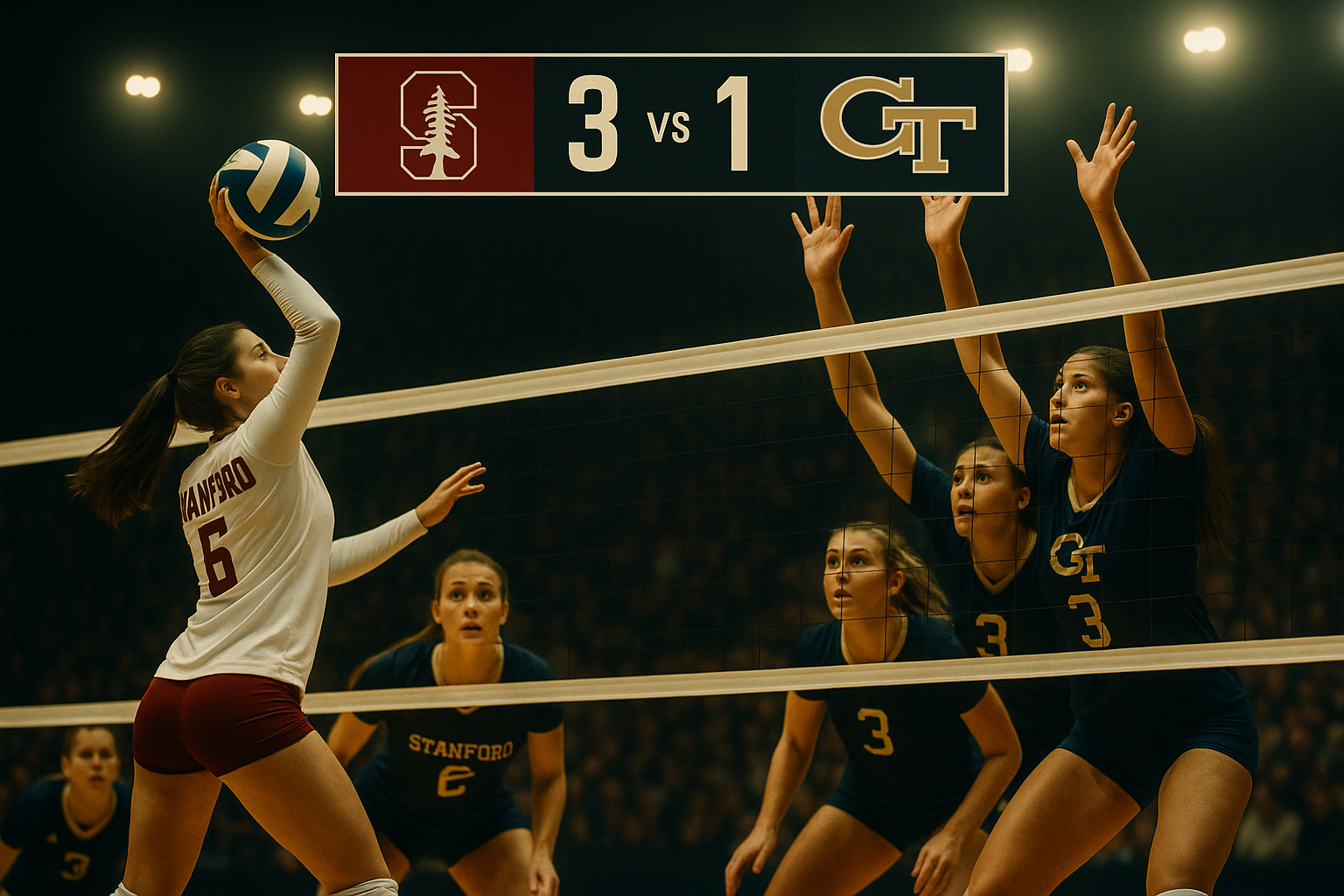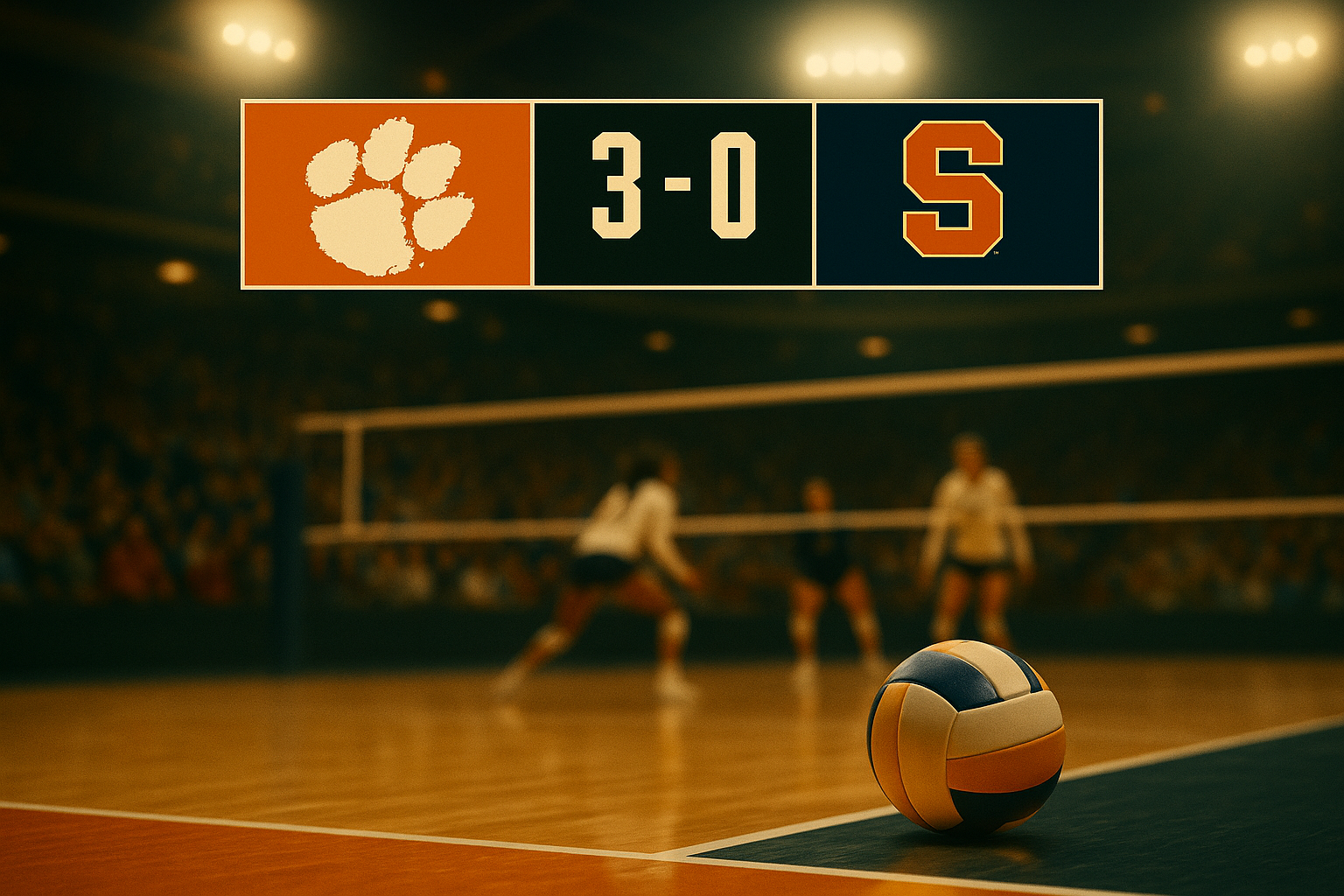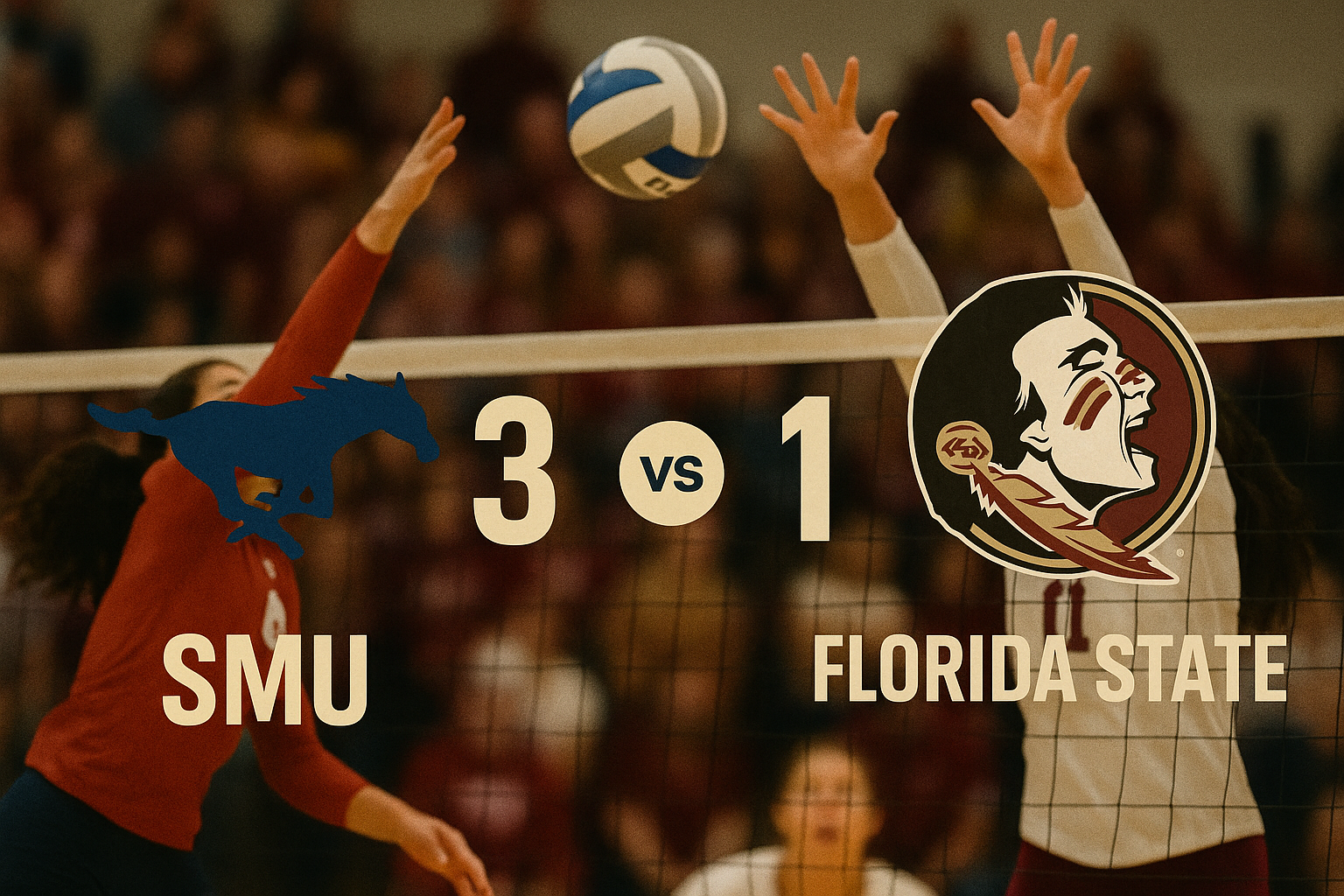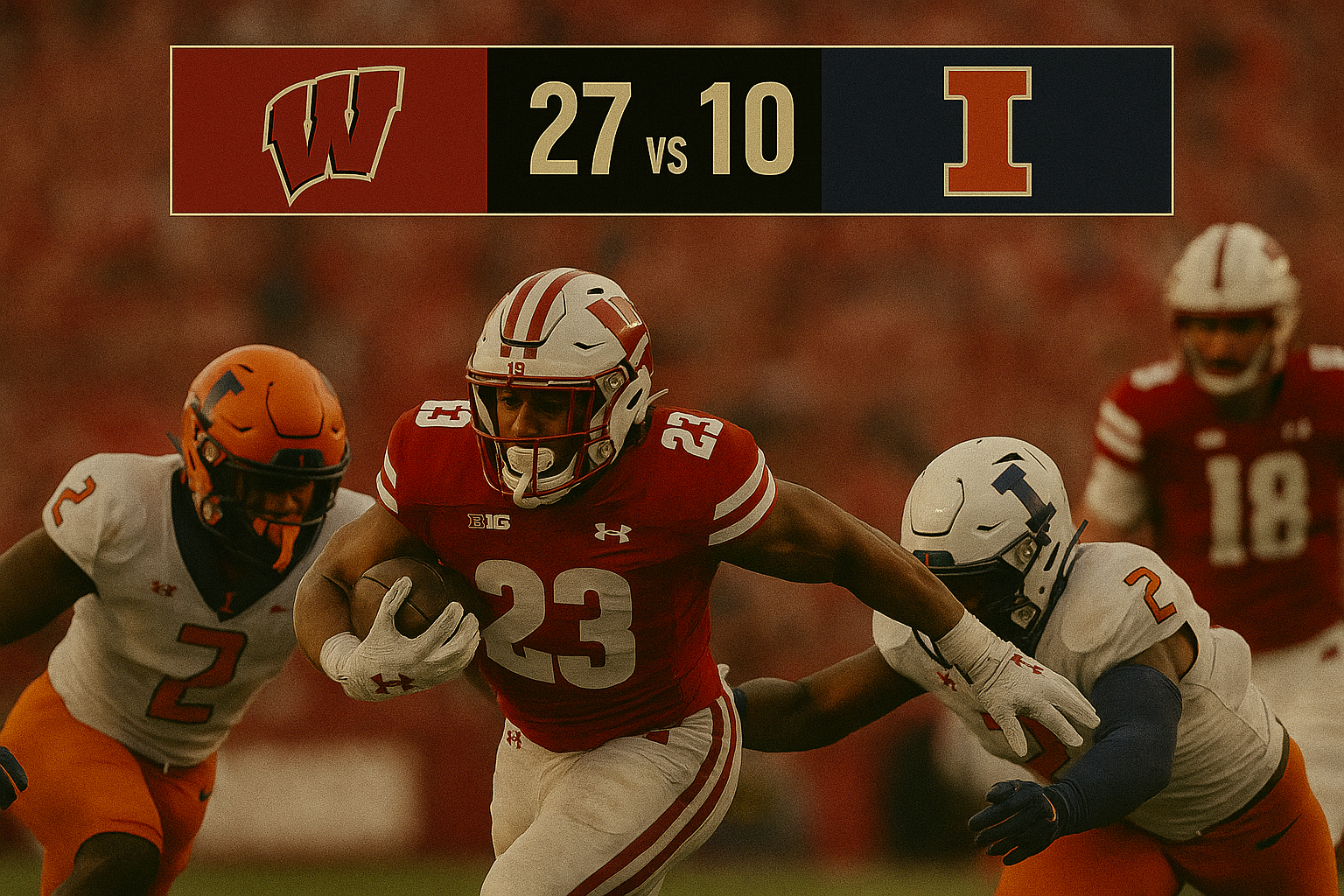UNC vs. NC State Basketball Rivalry May Lose Annual Doubleheader Due to ACC Schedule Change
100-Year Tradition at Risk as Conference Reduces League Games for 2025–26 Season
A pillar of Atlantic Coast Conference (ACC) basketball history could be undergoing a dramatic shift. Starting in the 2025–26 season, the ACC will reduce its men’s basketball conference schedule from 20 games to 18, a decision that puts the historic home-and-away rivalry between North Carolina and NC State in jeopardy.
Since 1920, the Tar Heels and Wolfpack have played twice every season, forming one of the oldest and most passionate rivalries in the sport. That consistent annual doubleheader—totaling 249 matchups over 112 years—could soon be a thing of the past .
How the New ACC Schedule Works
Under the updated format, each of the ACC's 18 men’s basketball teams will play 18 conference games. Each team is guaranteed to face one designated “primary partner” in both a home and away setting. Additionally, one “variable partner” will be selected annually for a second home-and-away series. The remaining 14 opponents will be played once per season, either home or away.
For UNC, the designated permanent rival is Duke, while NC State’s primary partner is Wake Forest. As a result, their once-guaranteed two meetings per season may now occur just once annually, depending on the yearly assignment of their variable partner matchup .
Strategic Shift for NCAA Tournament Positioning
The conference cited strategic planning and long-term competitiveness as the drivers behind the change. With just four ACC teams making the 2025 NCAA Tournament—a mere 22% of the league’s membership—officials believe the new schedule format allows schools more flexibility in nonconference scheduling.
The hope is that trimming two league games will encourage schools to bolster their resumes with higher-quality out-of-conference opponents, potentially improving NET rankings and securing more tournament bids.
This decision follows years of decline in ACC representation at March Madness. The league has not sent more than five teams to the tournament since 2021. By returning to an 18-game model (last used from 2012–2019), the ACC aims to reverse that trend.
Historical Significance of the Rivalry
The UNC–NC State rivalry is not just local—it’s nationally recognized. With UNC winning 169 of the 249 matchups, it’s the most frequent opponent in Tar Heels basketball history. The matchups have often had national implications, and the regional intensity between Raleigh and Chapel Hill continues to energize fans, alumni, and recruits alike.
Losing the annual home-and-home could water down one of the league’s most marketable rivalries. While the schools will likely continue to meet at least once per season, the absence of the second matchup removes a guaranteed rivalry highlight from the ACC calendar.
What Coaches and Players Face Moving Forward
For coaching staffs, the change introduces new scheduling challenges and impacts game preparation. With fewer conference matchups, each loss will carry more weight in league standings. Programs will also need to be more strategic in scheduling nonconference games, balancing resume-building opportunities with travel and budgetary constraints.
From a player standpoint, marquee rivalry games provide emotional and competitive highs that often define a season. For both UNC and NC State athletes, the potential loss of a second annual faceoff could reduce exposure and eliminate key developmental opportunities under high-pressure circumstances.
Broader Implications for Other ACC Rivalries
The realignment doesn’t just affect UNC and NC State. Other long-standing rivalries may also become single-game events. For example, Virginia and Virginia Tech, or Syracuse and Boston College, may also lose their annual home-and-away formats, depending on their designations as permanent or variable partners.
The ACC will release the full 2025–26 men’s basketball schedule, including all matchups and variable pairings, later this year. Until then, schools and fans will be left to wonder which rivalries will retain their prominence and which will be pared down to single encounters.
A New Era of Flexibility—But at What Cost?
Supporters of the change point to the flexibility it gives coaches to customize their schedules. The two additional nonconference slots could be used to add high-profile games or rekindle matchups with former conference opponents, potentially benefiting the ACC’s national profile.
Still, tradition remains a major selling point for college athletics. Fewer rivalry games could diminish fan engagement, reduce ticket revenue, and decrease TV viewership. The challenge for the ACC moving forward will be striking the right balance between strategic growth and the preservation of its historic foundation.
